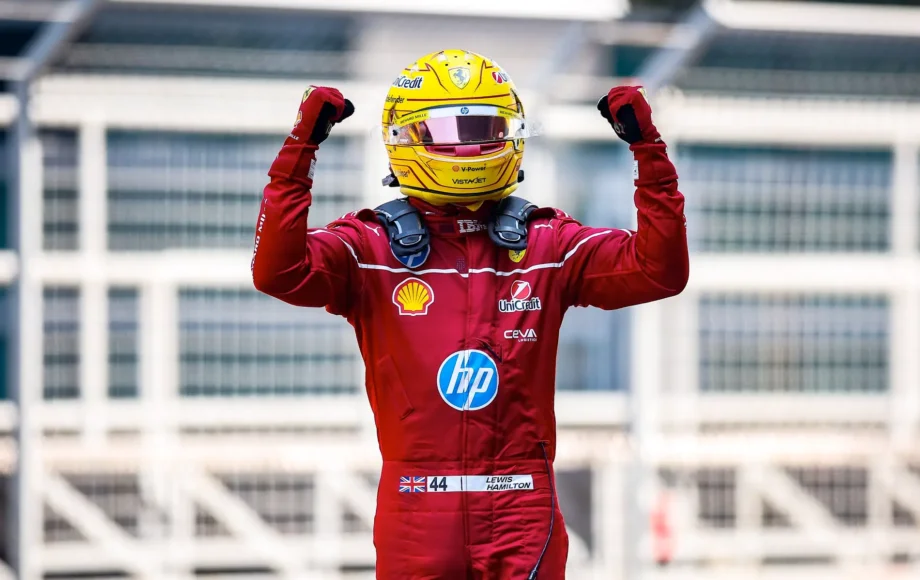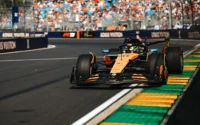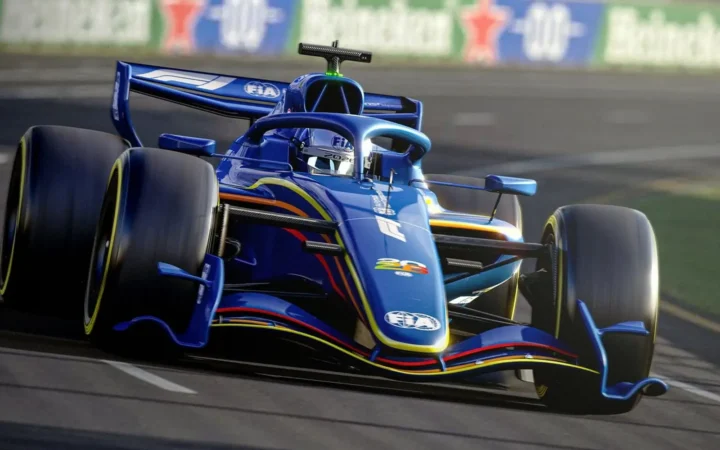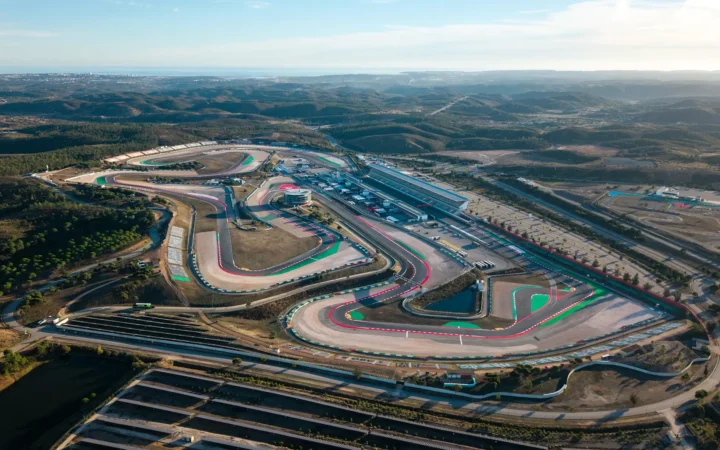As the sport prepares to enter a transformative new chapter in 2026, Formula 1 and the FIA have officially announced the Sprint Calendar for the upcoming season, a six-race lineup that is supposed to reflect both the new and the old (trackwise). With three all-new Sprint hosts and the return of a historic circuit, the F1 Sprint season remains fully embedded in the DNA of modern F1.
The 2026 Formula 1 season is already being described as a landmark milestone in the sport. Not only will it introduce a sweeping new set of technical and sporting regulations, but it will also be the sixth year of the Sprint format, a concept that began as a bold experiment in 2021 and has grown into one of the sport’s most exciting, yet debated developments.
As F1 continues to adapt to evolving fan preferences and digital consumption habits, Sprint weekends have become a focal point for increased engagement, viewership, and commercial interest. With six Sprint events confirmed for 2026, the calendar has been designed to deliver competitive action across every single day of a race weekend.
Three of these – Montreal, Zandvoort, and Singapore – will host a Sprint for the very first time. Meanwhile, Silverstone returns to the Sprint roster for the first time since 2021, when it hosted the very first Sprint in F1 history. Shanghai and Miami, both recent converts to the Sprint format, will each host their third consecutive Sprint weekend.
2026 F1 Sprint Events
| Round | Sprint Race | Circuit | Sprint Race Date | Sprint Race Report |
|---|---|---|---|---|
| 1 | 2026 Chinese Sprint Race | Shanghai International Circuit | 14 March | TBC |
| 2 | 2026 Miami Sprint Race | Miami International Autodrome | 2 May | TBC |
| 3 | 2026 Canadian Sprint Race | Circuit Gilles-Villeneuve | 23 May | TBC |
| 4 | 2026 British Sprint Race | Silverstone Circuit | 4 July | TBC |
| 5 | 2026 Dutch Sprint Race | Circuit Zandvoort | 22 August | TBC |
| 6 | 2026 Singapore Sprint Race | Marina Bay Street Circuit | 10 October | TBC |
A Proven Formula for Success
The evolution of the Sprint format has been as much about numbers as it has been about spectacle. In 2024, Sprint weekends averaged 10% higher global TV viewership compared to traditional race weekends. That momentum has carried forward into the 2025 season, where the first three Sprint weekends (as of writing) have already shown strong performance across multiple metrics.
One standout moment from the current season was Lewis Hamilton taking his maiden Ferrari win in the 2025 Chinese Sprint, which delivered an 84% increase in live TV audience across Formula 1’s top 15 global markets compared to the previous year. This historic result – a seven-time World Champion winning with the Scuderia – proved a climactic media moment, especially in Asia.
Similarly, Lando Norris and his victory in the 2025 Miami Sprint attracted 26.6 million viewers, an 18% increase over the previous year. Meanwhile, the Sprint event at Spa-Francorchamps, won by Max Verstappen, saw double-digit TV viewership growth in key territories: Germany (+40%), France (+42%), China (+182%), and Argentina (+9%), compared to the 2024 event.
Clearly, the Sprint format is delivering – not just on-track excitement but also in the broader commercial ecosystem of the sport.
The Format: More Racing, More Value
For those newer to the concept, Sprint weekends are structured to maximise on-track action:
- Friday: Free Practice 1, followed by Sprint Qualifying
- Saturday: The Sprint race, followed by Grand Prix Qualifying
- Sunday: Grand Prix
As Stefano Domenicali, President and CEO of Formula 1, summarised:
“The F1 Sprint has continued to grow in positive impact and popularity since it was introduced in 2021. With four competitive sessions rather than two during a conventional Grand Prix weekend, F1 Sprint events offer more action each day for our fans, broadcast partners, and for the promoters – driving increased attendance and viewership.”
The continuation of six Sprint events for the third consecutive year underlines how embedded it has become in the season’s rhythm. And with the 2026 regulation changes expected to radically alter car performance and race dynamics, the format may take on even greater strategic significance.
Three New Hosts
Montreal
Circuit Gilles Villeneuve is no stranger to drama, but the introduction of a Sprint adds an extra layer of unpredictability to an already tight, wall-lined layout. With weather often playing a role in the Canadian Grand Prix, the added intensity of a short-format race could deliver fireworks.
Zandvoort
A fan-favourite circuit with a carnival-like atmosphere, Zandvoort’s banked corners and narrow layout are built for spectacle. A Sprint here promises high uncertainty, especially with local hero Max Verstappen almost certain to be in contention.
Singapore
Traditionally, one of the most physically demanding races on the calendar, Singapore’s inclusion is an interesting twist. The tight, technical night circuit will challenge teams and drivers to balance aggression with attrition over two highly intense races.
As Mohammed Ben Sulayem, President of the FIA, put it:
“The Sprint format has become an increasingly exciting part of the FIA Formula One World Championship, delivering high-intensity racing and added entertainment for fans around the world. As we look ahead to a landmark 2026 season featuring a new generation of cars and regulations, I’m pleased to see the Sprint evolving alongside our broader ambitions for the sport.”
Corporate Backing: Gatorade Joins the Grid
Further demonstrating the Sprint’s growing influence is the announcement of Gatorade as an Official Partner of F1 Sprint events. The partnership, which began at the 2025 Belgian Grand Prix as part of Formula 1’s wider collaboration with PepsiCo, reflects the Sprint’s rising commercial value and cultural footprint.
As Domenicali noted:
“We’re also proud to have welcomed Gatorade as an Official Partner of F1 Sprint, demonstrating the huge interest in the event from an iconic global brand.”
The integration of such a legacy brand underscores the format’s appeal across both legacy and emerging markets – a critical focus for Formula 1’s long-term growth.
What began as a polarising concept in 2021 has matured into a fan-favourite addition to the F1 weekend. For long-term fans of the sport, the format might still feel like a deviation from tradition – but history is constantly being rewritten in Formula 1. And as the sport enters a new regulatory era in 2026, Sprint races are no longer a novelty; they are a core part of the F1 story.
Seen in:







